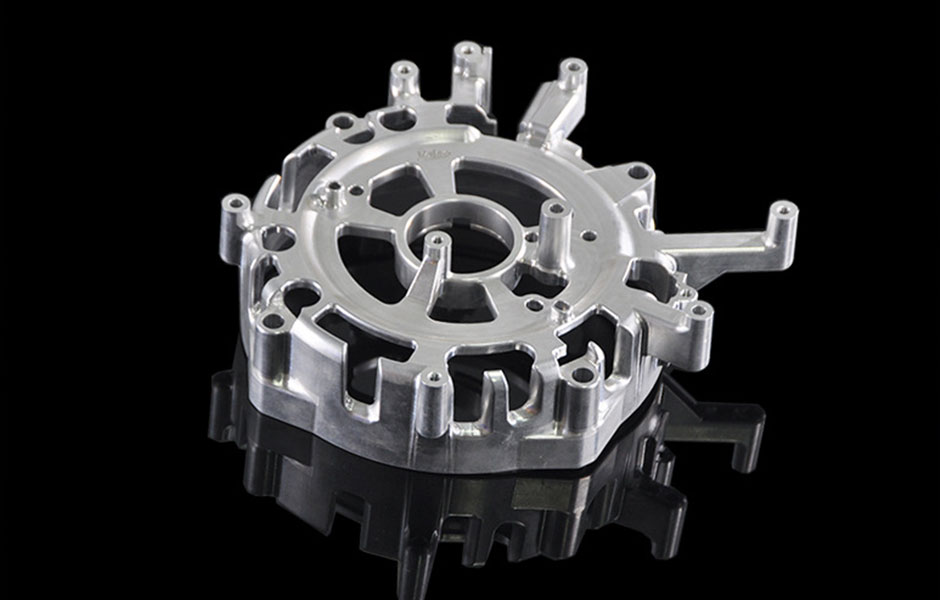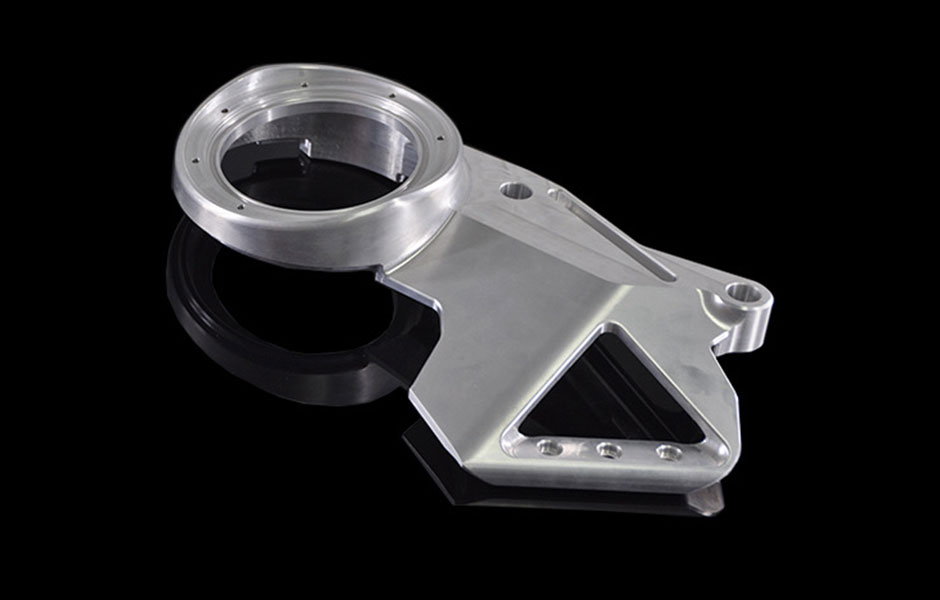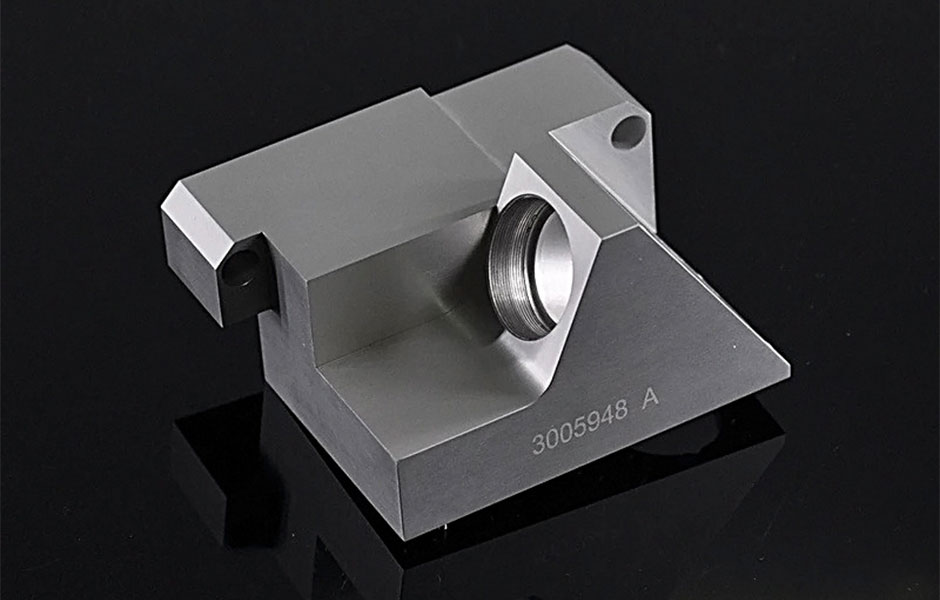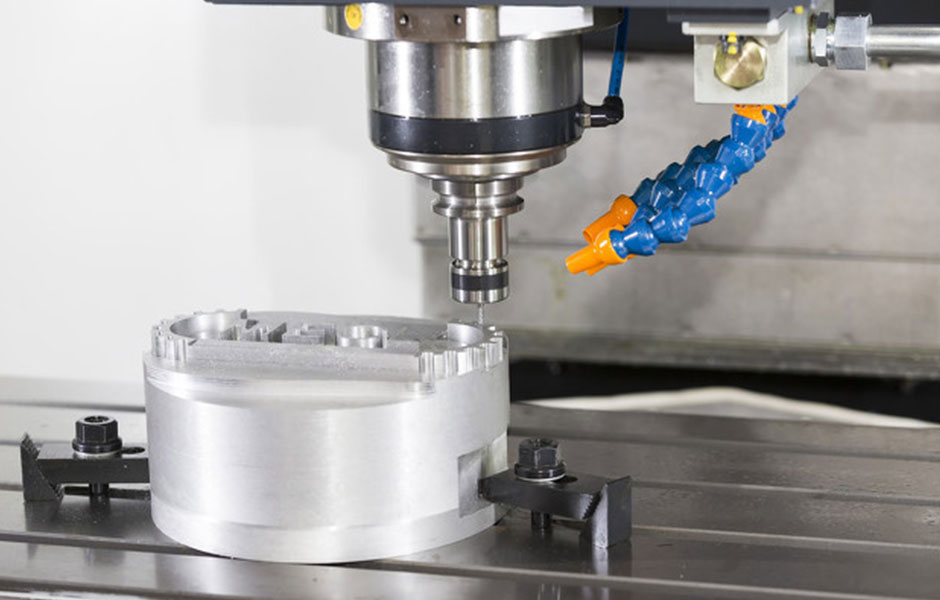Aluminum is still one of the most commonly used materials in all walks of life. The reason is simple, aluminum exhibits an impressive strength-to-weight ratio and has excellent relative workability.

The most popular aluminum alloys used in manufacturing are 6061 aluminum and 7075 aluminum. Although similar in some respects, there are some significant differences between 6061 and 7075 aluminum. It is very important to understand the difference between these two alloys. This allows the most suitable materials for the project to be selected efficiently.
6061 Aluminum Grade
This alloy is one of the most commonly used aluminum grades. This is because it exhibits a wide range of mechanical properties as well as corrosion resistance. The 6061 Aluminum can be easily fabricated, exhibit excellent formability, and is weldable using all methods with furnace brazing inclusive. This grade of aluminum alloy comes from the aluminum series 6xxx.
The Aluminum 6061 is made up 95.8 to 98.6% aluminum, with 0.8 to 1.2% magnesium, and 0.4 to 0.8% Silicon. Besides, it contains a trace number of elements including Copper, Chromium, and more.
7075 Aluminum Grade
The 7075 aluminum exists to be one of the highest-strength alloys of aluminum with an excellent strength-to-weight ratio. It offers a wide range of impressive mechanical properties and features good resistance to fatigue and good ductility. As a result of its excellent properties, it is extensively used for highly stressed applications and in aircraft structural parts.
7075 aluminum alloy contains 5.6 to 6.1% zinc, 2.1 to 2.5% magnesium, and 1.2 to 1.6% copper. Other metals in their compositions include silicon, manganese, chromium, titanium, iron, and more. In addition, the aluminum 7075 alloy comes from the aluminum alloy series 7xxx.

6061 VS 7075 Aluminum: Alloy Series and Chemical Composition
You can infer the first difference between 6061 and 7075 aluminum from the name. 6061 aluminum is a member of the 6000 grade or alloy series. This type uses silicon and magnesium as the main alloy components. On the other hand, 7075 aluminum alloy is a member of the 7000 series. Therefore, it uses zinc and copper as the main alloying elements. The following table contains a complete classification of 7075 aluminum and 6061 chemical composition.
| Element | 6061 Aluminum | 7075 Aluminum |
| Aluminum | 95.85 – 97.90 % | 86.90 – 91.40 % |
| Silicon | 0.40 – 0.80 % | 0.00 – 0.40 % |
| Zinc | 0.00 – 0.25 % | 5.6 – 6.10 % |
| Magnesium | 0.80 – 1.20 % | 2.1 – 2.50 % |
| Manganese (Mn) | 0.00 – 0.15 % | 0.00 – 0.30 % |
| Chromium | 0.04 – 0.35 % | 0.07 – 0.23 % |
| Copper | 0.15 – 0.40 % | 1.20 – 1.60 % |
| Iron (Fe) | 0.00 – 0.70 % | 0.00 – 0.50 % |
| Titanium (Ti) | 0.00 – 0.15 % | 0.00 – 0.2 % |
| Zirconium | – | 0.00 – 0.25 % |
| Residuals | 0.00 – 0.15 % | 0.00 – 0.15 % |

What are the Differences Between 6061 and 7075 Aluminum?
The main differences between 6061 and 7075 aluminum are the following attributes:
- Alloy Series & Chemical Composition
- Mechanical Properties
- Fabrication Considerations
- Applications
Alloy Series and Chemical Composition
The first difference between 6061 and 7075 can be found right away just by looking at their number of designations. 6061 is in the 6XXX series of aluminum alloy grades and 7075 is in the 7XXX series. Knowing this, without even digging into their individual material data sheets, it can be deduced that 6061 will have a higher amount of silicon and that 7075 will have a much higher amount of zinc. Upon inspection of the exact ranges of the two individual alloys, it can also be noted that both have significant amounts of magnesium, although 7075 has slightly more. 7075 also has greater additions of copper in its chemical makeup.
Mechanical Properties
Both 6061 and 7075 are heat-treatable, so their mechanical properties cannot be compared accurately without assuming the same type of heat treatment. When looking at both alloys in the -T6 condition (meaning the solution was heat-treated and then artificially aged), several noticeable differences are observed. First off is that the tensile strength of 7075-T6 is nearly double that of 6061-T6. The shear strength of 7075-T6 is roughly 1.5 times that of 6061-T6. The former is substantially harder as well.
Fabrication Considerations
6061 nearly always has an edge over 7075 when it comes to fabricating the two aluminum alloy types. This is mostly due to 6061 having a lower hardness and tensile strength. The lower hardness allows it to be machined more easily than 7075. The lower tensile strength means that 6061 is easier to form than 7075. While both materials can be joined by soldering, brazing, or adhesives, 6061 is weldable and 7075 is generally considered not weldable. Even though 6061 is considered weldable, care must be taken to select the proper weld filler metal. Post-weld heat treatment and aging may be required to get the weld area back to the original “-T” designation. 7075 is extremely prone to cracking following welding.
Applications:
There is an application “overlap” between 6061 and 7075 alloys. Both of these alloys can be used in the manufacture of automotive parts, aerospace components, and consumer products. However, they are different in specific areas of use.
6061 Application
6061 aluminum has good formability, performs well in extrusion projects, and is easy to connect by welding. Mainly used in the following areas:
- Automobile industry
- Modern aircraft industry
- Construction industry
- consumer goods
- Electrical accessories
- food industry
- Shipbuilding industry
7075 Application
7075 alloy is one of the strongest types of aluminum available, and it performs well in the high-stress environments found in the aerospace industry, high-wear parts, structural materials, and military applications. Mainly used in the following industries:
- Industrial tools and molding
- The aviation industry, such as airplanes
- Transportation Industry
- Rock climbing and inline skating equipment
- firearms
- Camping equipment

6061 vs. 7075 Aluminum FAQs
6061 vs. 7075 aluminum, which one is easier to machine?
6061 aluminum has lower tensile strength and lesser hardness than 7075 aluminum. Therefore, it is more formable and weldable. As a consequence, 6061 aluminum alloy responds better to machining than the 7075 alloy.
Is 6061 or 7075 aluminum stronger?
7075 aluminum alloy has a higher yield strength than 6061 aluminum. This is due to its chemical composition. Therefore, it withstands more impact and more without deformation than 6061.
What do I need to consider when choosing between 6061 and 7075 aluminum alloys?
There are some fundamental factors you need to consider while choosing between 6061 and 7075 aluminum alloys. Your budget is a significant factor. Therefore, you must consider the costs of the alloys. Also, the intended application of the final product plays a crucial role in your choice of alloy. Furthermore, you need to consider the fabrication process as they do not have equal machinability standards.

CNC Machining Service
CNC Services China is a CNC manufacturing and sheet metal fabrication company, including CNC machining services, CNC milling services, CNC turning services, laser cutting services, and stamping services.
CNC Services China offers professional CNC machining and rapid prototyping service for making a wide array of product parts. Our excellent quality control systems ensure that all our deliveries are speedy and standard for every manufacturing size in both low-volume and high-volume productions. Feel free to reach out for a free quote on your project.